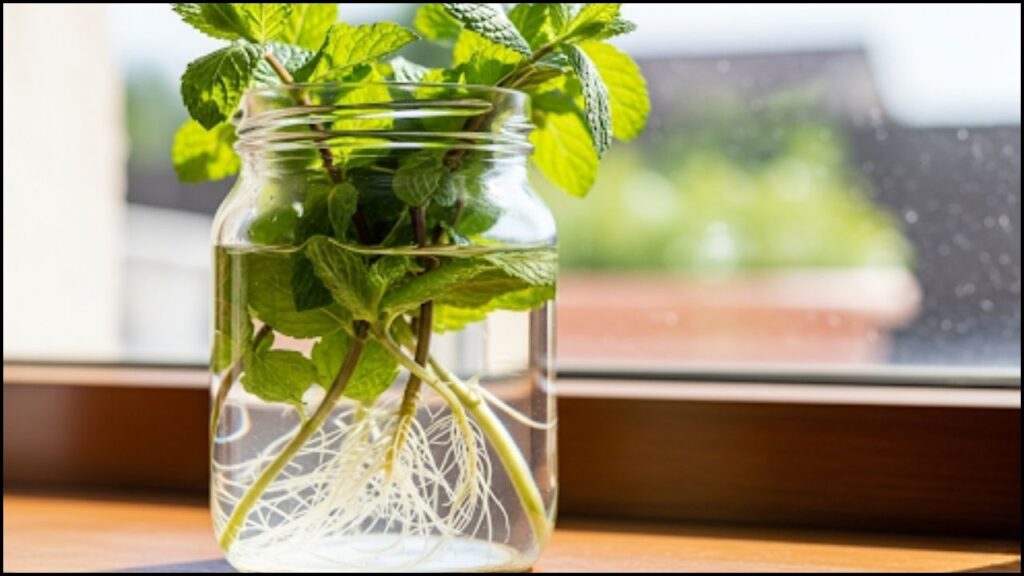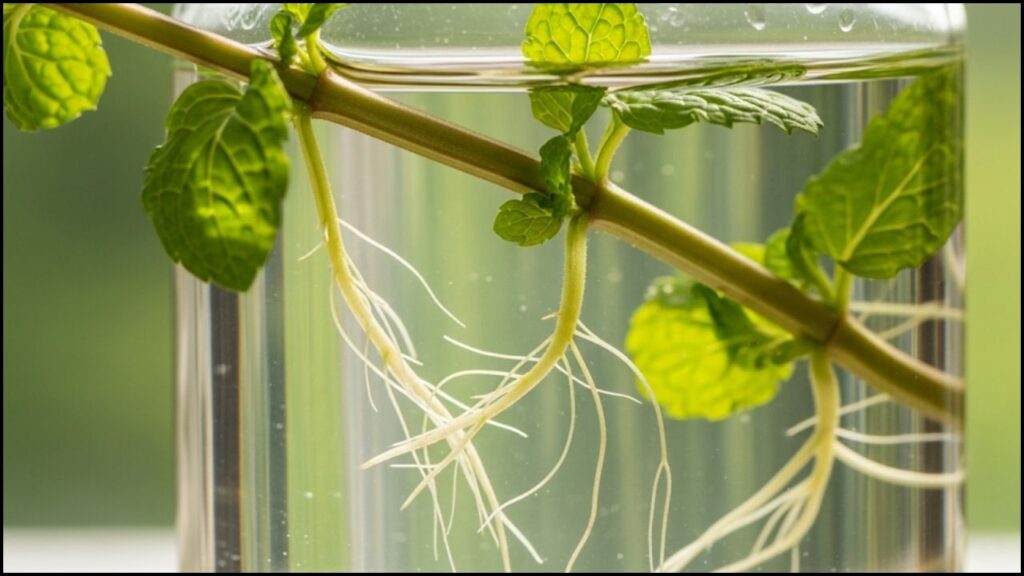
For home gardeners seeking a simple, low-maintenance way to cultivate fresh herbs, the practice of growing mint in water has emerged as a widely accessible technique. This method, a form of passive hydroponics, leverages the mint plant’s natural vigor and ability to root quickly from cuttings, offering an alternative to traditional soil-based gardening. It requires minimal space and can be done year-round indoors, providing a constant supply of the aromatic herb.
The Fundamentals of Propagating Mint in Water
The process of propagating mint from cuttings is straightforward, according to horticultural experts. The primary objective is to select and prepare a healthy stem that can generate new roots. This technique, a simple form of cloning, ensures the new plant is genetically identical to the parent.
“Mint is an excellent plant for novice gardeners to experiment with hydroponics,” said Dr. Eleanor Vance, a horticultural researcher at the University of California, Davis. “Its resilience and rapid growth make the rooting process highly visible and reliable, providing immediate gratification for those new to the practice.”
Selecting and Preparing Cuttings
The successful propagation process begins with the parent plant. The U.S. Department of Agriculture (USDA) Cooperative Extension System recommends selecting cuttings from a robust and disease-free mint plant, preferably in the morning when the stems are most hydrated. Cuttings should be taken from a healthy, non-flowering stem using clean scissors or a sharp knife. The ideal cutting is 4 to 6 inches (10-15 cm) long, with at least two or three leaf nodes.
After cutting, the lower leaves should be carefully removed, leaving only the top cluster of leaves intact. It is crucial to remove all leaves that would be submerged in water, as their decomposition can introduce bacteria and lead to stem rot. This simple preparation prevents the water from becoming stagnant and unhealthy for the developing roots.
Setting Up Your Hydroponic System
Once prepared, the cuttings are ready to be placed in a clear glass or plastic container. A clear vessel is preferred because it allows the gardener to monitor root development and the clarity of the water. While some gardeners place multiple cuttings together to create a fuller plant, it is important to ensure they are not overcrowded to allow for proper air circulation. The stems should be submerged in water so that at least one to two nodes—the points from which leaves and roots grow—are underwater.

Key Environmental Factors for Healthy Growth
While the process of initiating growth is simple, maintaining a healthy hydroponic mint plant requires attention to a few key environmental factors. The goal is to replicate the conditions a plant would receive in a nutrient-rich soil environment, even without the soil itself.
The Role of Water and Nutrients
The quality of the water is a primary determinant of success. Clean, fresh water is essential, and it should be replaced every few days to ensure oxygenation and prevent the buildup of bacteria and algae. While tap water is generally sufficient for the initial rooting phase, it is important to avoid chemically softened water, which can contain high salt concentrations.
For long-term health, mint plants grown hydroponically will eventually require nutrients. According to a report from the National Institute of Food and Agriculture, plants absorb essential minerals like nitrogen, phosphorus, and potassium from their growing medium. In a water-based system, these must be supplied manually. “Once a plant has established a robust root system, you must introduce a balanced, liquid fertilizer designed for hydroponics,” said Maria Sanchez, an agronomist and CEO of HydroGro Systems. “Failing to do so will result in nutrient deficiencies, visible as yellowing leaves or stunted growth.”
Light, Temperature, and Air Circulation
Mint thrives in bright, indirect sunlight. A windowsill that receives several hours of natural light per day is an ideal location. If natural light is limited, a grow light can be used. It is important to avoid direct, harsh sunlight, which can cause the leaves to scorch. The temperature should be maintained between 60°F and 70°F (15°C to 21°C), the range in which most mint varieties flourish.
Common Challenges and Solutions
Despite its ease, propagating mint in water is not without its challenges. The most common issues are root rot and pest infestations. Root rot is a fungal infection often caused by a lack of oxygen in the water or a buildup of bacteria. It can be identified by slimy, brown roots and a foul smell. To prevent this, regular water changes are critical. Pests, such as aphids and spider mites, can also affect mint grown indoors. They are often introduced from other houseplants. A gentle spray of water or a solution of water and mild soap can be used to dislodge them.
“Mint’s natural oils repel some pests, but they are not immune,” said Dr. Vance. “Routine inspection of the leaves, both top and bottom, is the best preventative measure.”
Harvesting and Maintaining Your Plant
Once the roots are established and new leaf growth is visible, you can begin harvesting your mint. It is best to harvest the top third of the stem, as this encourages the plant to branch out and become bushier. This practice, known as pinching or pruning, prevents the plant from becoming leggy and promotes continued leaf production.
For long-term cultivation, the plant can either be transplanted into soil once its root system is fully developed, or it can be maintained in its water-based system with regular nutrient replenishment.
